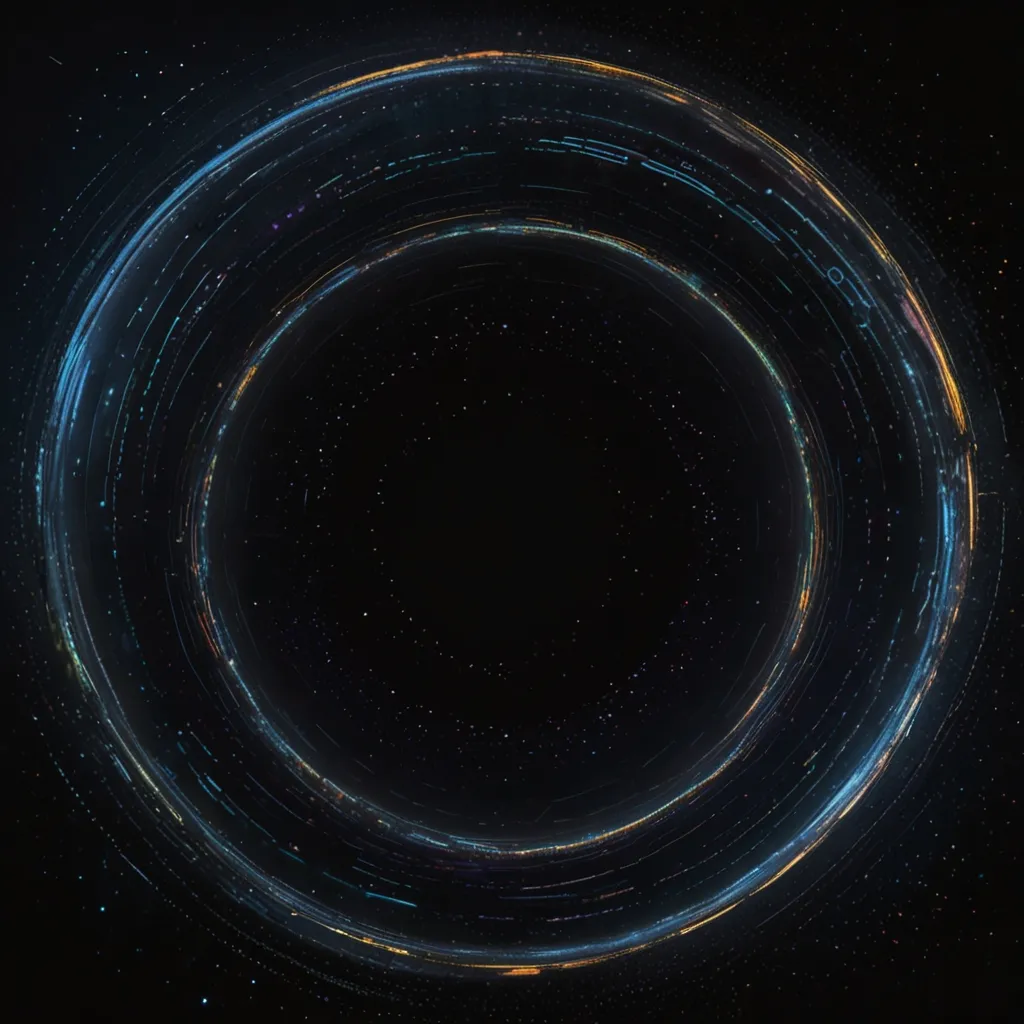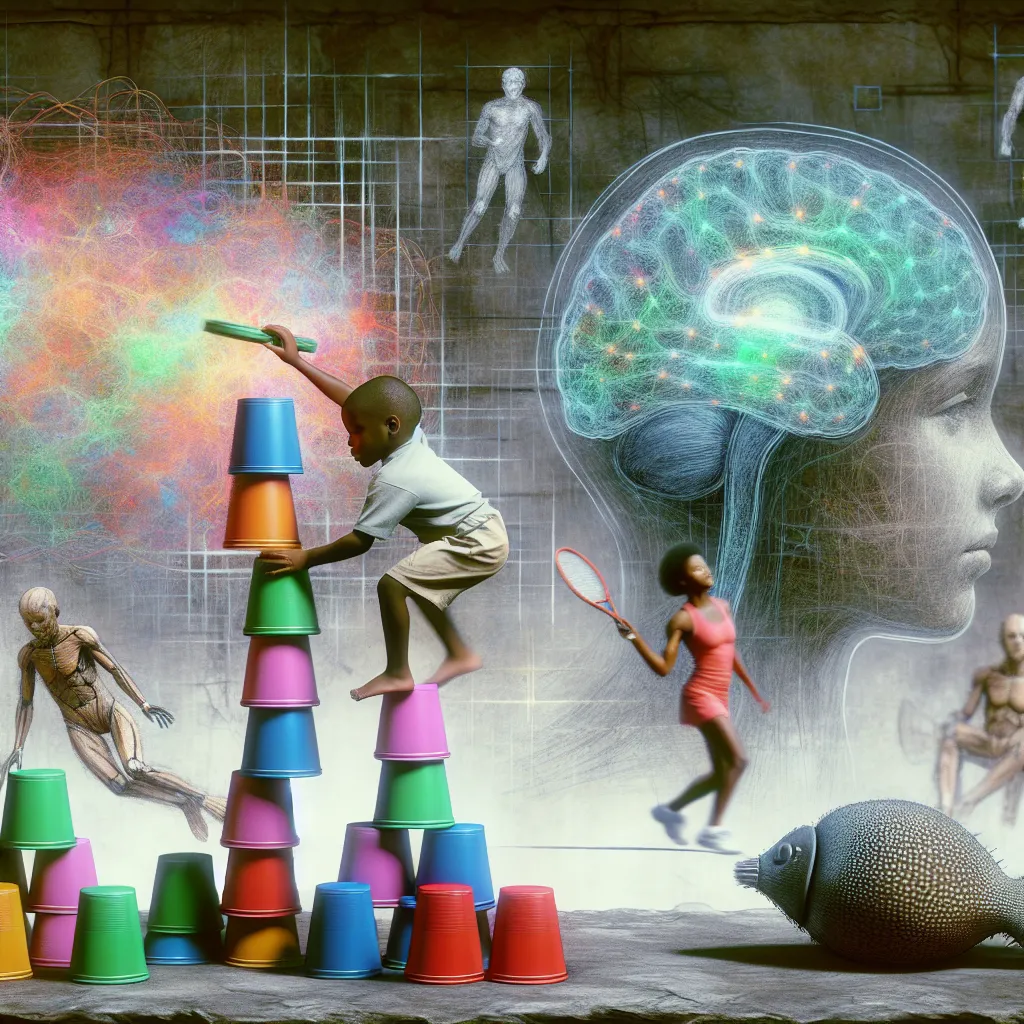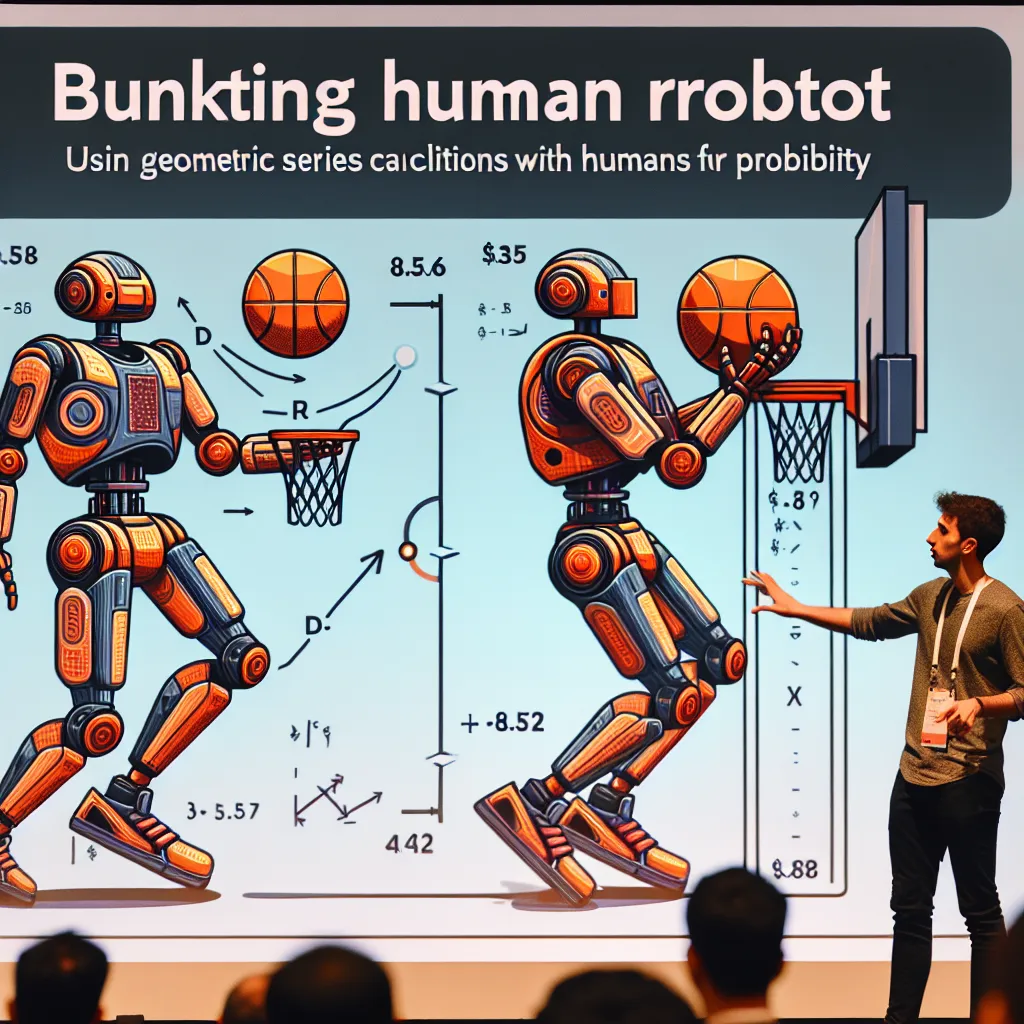Living in a universe we perceive in three dimensions seems like an unquestionable reality—until you dive into some groundbreaking scientific theories. What if our three-dimensional world could be represented on a two-dimensional surface, like a hologram? It sounds like science fiction, but this idea has some serious backing from the world of theoretical physics.
To grasp this mind-bending concept, we need to look at black holes and delve into the work of the renowned physicist Stephen Hawking. A black hole is an astronomical object with so much gravitational pull that even light cannot escape it. Surrounding a black hole is the event horizon, a point beyond which nothing can escape the gravitational grip.
Stephen Hawking shook the world of physics when he suggested that black holes might be breaking a fundamental rule: the conservation of information. He proposed that information falling into a black hole disappears from our universe, seemingly lost forever. This created a paradox because it conflicted with the laws of quantum mechanics, which state that information can never be destroyed.
Initially, physicists couldn’t find flaws in Hawking’s calculations, even though they were reluctant to believe them. Enter Gerard ‘t Hooft, Leonard Susskind, and later Juan Maldacena. These brilliant minds proposed a solution: a perfect copy of the information was not lost but remained on the event horizon’s two-dimensional surface—much like a hologram.
This is where the concept of the holographic principle comes into play. In essence, although information may fall into the black hole, it is not lost from the universe; it’s just transformed into a different form. Stephen Hawking was validated, but with a twist.
The inspiration for this solution can be traced back to work by another physicist, Jacob Bekenstein. In 1972, Bekenstein derived an equation about the maximum amount of entropy—or disorder—that a volume of space can contain. Fascinatingly, this equation focused on surface area rather than volume, which went against our intuitive understanding but held true mathematically.
Building on these ideas, physicists realized that if black holes can holographically encode information on their surface, our entire universe might work similarly. Essentially, the three-dimensional universe we experience could be a projection from a two-dimensional surface far away.
So, are we living in a 2D hologram? Mathematically, it seems possible. But this doesn’t necessarily define the fundamental nature of reality. It’s a theory that offers a new perspective on how we might understand our universe, rooted in complex physics yet grounded enough to make us question what we accept as reality.






